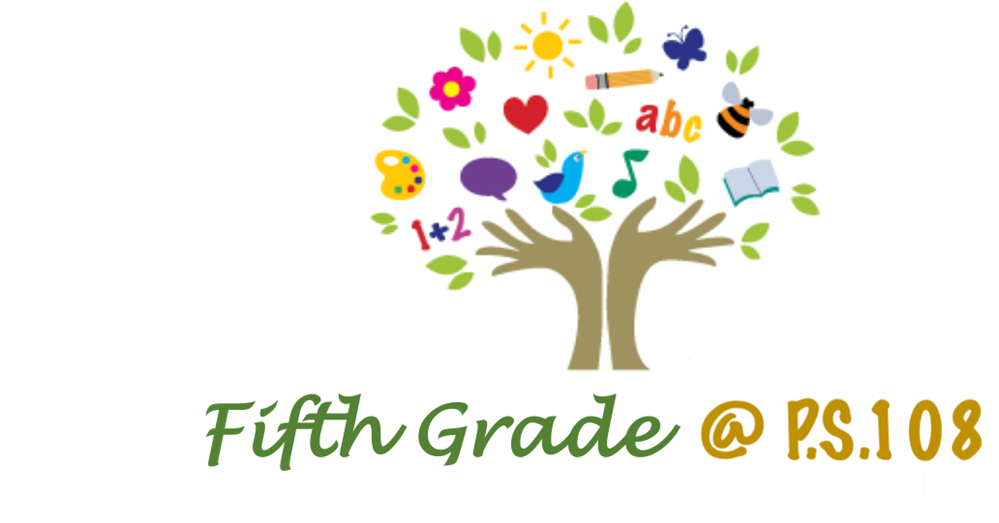
-
May/June: What is Grade 5 studying?
ELA:
Module 4: The Impact of Natural Disasters
Module Summary: In this module, students read literary and informational texts to understand the impact of natural disasters on places and people.
Unit Tasks:
- Analyzing How an Author Uses Reasons and Evidence to Support Points & Recording a PSA
- Analyzing the Contribution of Multimedia & Analyzing Point of View in a Literary Text
- Supplies to Include in an Emergency Preparedness Kit & Writing an Opinion Essay: Personal Items for my Emergency Preparedness Kit
Eureka Math:
Module 6: Problem Solving with the Coordinate Plane
- construct a coordinate system, plot points, name points, and investigate and generate patterns in a plane.
- construct parallel line segments, perpendicular line segments and draw symmetric figures
- identify and describe patterns in the coordinate pairs.
-
Helpful Websites
The web sites below are fun and educational. Please encourage your child to practice math in a fun and creative way. We hope you will explore these websites, which will be helpful for you and your children:
Great and safe search engines for children:
Helps children practice and strengthen math skills:
Wonderful sites to research social studies and world events:
Reading sites:
- http://www.pearsonlongman.com/ae/marketing/sfesl/practicereading.html
- http://www.ncsu.edu/project/lancet/fifth.htm
Math Site:
-
Fifth Grade Homework, What to expect?
Homework is a crucial part of your child's active learning process and essential to their academic progress. Please make sure that all homework is completed daily.
Tips: "Use these examples to help you check your writing."
* The first letter of each sentence should begin with a capital letter.
Ruth bought new blue sneakers. The sign blew away in the storm. Did she try out for soccer last year?
* The pronoun / is always spelled with a capital letter.
Ahmed and I ate lunch together.
Sheila and I went swimming.
I feed my goldfish every morning.
* If the subject of a sentence is a singular noun, the verb should also be singular.
Jeremy bakes oatmeal cookies. Tonya paints with watercolors. The chair rocks back and forth.
* If the subject is plural, the verb should also be plural.
Vidya and Joanna study science. Women play the drums in our band. The planets rotate around the sun.
* Every sentence ends with punctuation in the form of a period, question mark, or exclamation point.
My friend is a good baseball player. Where did Jamie find her keys? Don't run across the street!
* Commas separate words in a series.
We like to swim, hike, and play basketball. The farmer raises goats, sheep, and chickens. Customers can choose water, milk, orange juice, or apple juice.

